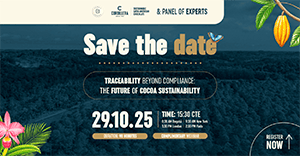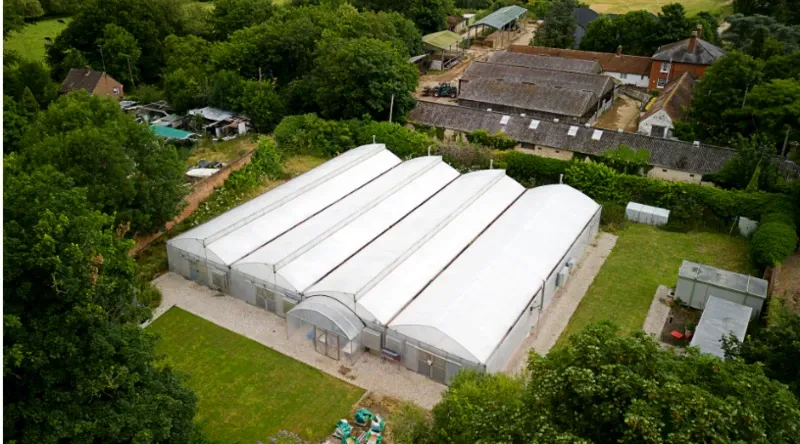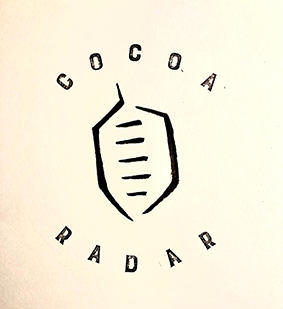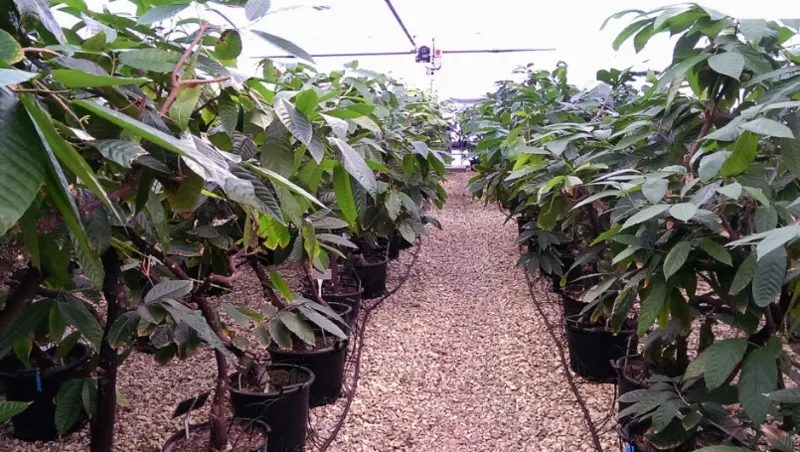Lahive's work at the University’s International Cocoa Quarantine Centre (ICQC,R) focuses on cocoa physiology under changing environmental conditions. In her presentation, Lahive explored the effects of temperature, CO₂ concentration, and genetic factors on cocoa’s photosynthetic efficiency and overall resilience.
Lahive told delegates that her research, spanning over a decade, concludes that cocoa can tolerate higher temperatures—up to 36°C—and even benefit from elevated CO₂ levels, maintaining strong productivity at temperatures approaching 40°C.
She emphasised that controlled-environment studies are essential to understanding these dynamics and suggested that cocoa yields could potentially increase under future climate scenarios. However, she also warned of serious uncertainties and funding threats facing the ICQC,R, which could jeopardise its continued operation.
“When we talk about climate change, we’re primarily focusing on changes in carbon dioxide in the atmosphere,” Lahive explained. “These levels are rising quite rapidly, and this is actually a very good thing for cocoa and for plant species in general—carbon dioxide is what a plant uses to grow.
“We’re also looking at temperature changes across cocoa-growing regions, with projections showing around a five-degree increase—both minimum and maximum—by the end of the century. Many plant functions are extremely sensitive to temperature, so this is a critical factor.”
She explained that researchers are less sure about future rainfall patterns, but what is certain is that they will become more variable.
“Our capacity to predict seasonality is shifting—changes in when the dry season arrives, how long it lasts, and its intensity are already evident. This unpredictability makes it difficult to forecast rainfall cycles, a challenge not only for cocoa but for global agriculture as a whole,” she said.

Lahive described how the ICQC,R operates large, purpose-built greenhouses where scientists can simulate both current tropical and projected future environments in which cocoa thrives.
“We can alter temperature regimes, enrich the air with carbon dioxide, and control water availability,” she noted. “Cocoa’s optimal operating temperature is around 31–33°C. Interestingly, we had to repeat our experiment because we didn’t go hot enough the first time. We found that cocoa performed well even at 36°C, provided there was sufficient water in both the air and soil.”
This research suggests that future cocoa productivity could rise, allowing cultivation beyond traditional growing zones. Still, Lahive cautioned that “there are many unknowns.”
Withdrawal of USDA Funding and Emergency Measures
In March 2025, the USDA’s funding for the ICQC,R expired following federal budget cuts, triggering a funding crisis. The centre relies on continuous financial support for staff, greenhouse heating, PCR testing, and critical maintenance.

To sustain operations, the Cocoa Research Association and the University of Reading implemented one-off emergency measures. Meanwhile, the UK chocolate manufacturers’ trade association (CRA Ltd) mobilised its members and appealed for industry-wide contributions.
Major donations from Hershey and Guittard Chocolate in the US have been welcomed, alongside grants from the Swiss Foundation of the Cocoa and Chocolate Industry and the German Cocoa and Chocolate Industry Foundation, which funded urgent greenhouse recladding in summer 2025.
Gary Guittard, president at Guittard Chocolate Company, told CocoaRadar: “Everybody is strapped in cocoa right now, it's just terrible timing, because cocoa is very expensive. Companies are really watching their budgets, and I know a number of the World Cocoa Foundation companies were asked if they would donate. I don't think many did.
‘We're little guys, people might think that we're a large chocolate company, but we're really not, not in the world of the Nestles, Cargills and Ghirardellis - we're just pretty small.
“It's maybe something the ICCO should be possibly more involved in, and also the origin countries.”
He said Guittard Chocolate is all about flavour, and while that is not something the ICQC,R researches in its investigative work on disease resistant plants - it is crucial to the industry.
“We just think that in today's world, regarding diseases, which are a big focus right now, with the swollen shoot virus in West Africa, there's a need to do more of this work. There needs to be some sort of clearing house, to be able to share that material. We think the centre is a good kind of crossroads for discussion and research, and a convener for the industry."
John Kehoe, Guittard’s Director of Sustainability, said: “I think it would be an increased risk to the industry if it were to close, because people or companies, countries, might be just bring in material that has not been quarantined, and could create a risk of increasing the spread of disease.
“And also on the research side, you would have less availability of quarantine material to propagate and to do larger-scale trials.”
Back in London, Lahive concluded her talk by reiterating the centre’s vital role in protecting the global cocoa supply chain through disease control and genetic preservation.
“If the centre shuts down, we can’t just restart the quarantine process quickly,” she warned. “Some of these trees are 20 to 30 years old. Rebuilding that quarantine would take many years and enormous resources.
"There’s a vast amount of expertise involved in running this facility—it would be a major loss. And if we lose it, we risk the unregulated movement of plant material and the spread of devastating diseases between regions—something nobody wants on their hands.”

